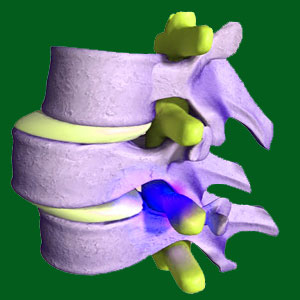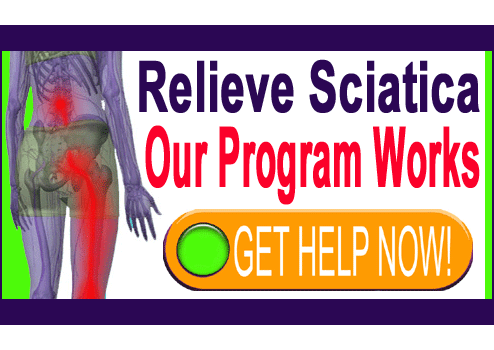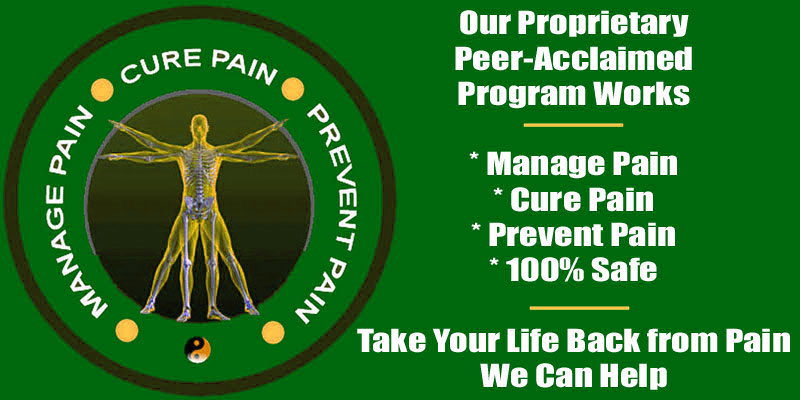
Chronic spondylolisthesis is standard state for of the condition, as the structural issues creating vertebral slippage will not resolve in most instances without surgery. Spondylolisthesis patients who are symptomatic might have acute flare ups of pain throughout life, often related to case-specific circumstances. However, generally speaking, the condition is one of chronic discomfort, as the structural changes that enact pain are long-term concerns until rectified surgically and even then can pose problems.
All chronic health issues entail extra risk when compared to acute conditions that will naturally heal or completely resolve with short-term care. This is because many of the symptom-targeting practices used to reduce pain have highly significant hazards to consider and these risks are compounded when the therapy is used for an extended duration of care.
This treatise examines chronic listhesis problems that are symptom-generating and require treatment over long timelines. We will provide information that all symptomatic patients must understand when choosing therapy paths for their vertebral listhesis conditions.
Chronic Spondylolisthesis Factsheet
The causes of spondylolisthesis usually involve permanent changes to the spinal anatomy that are created by injury, congenital defect or marked spinal degeneration enacted by age and activity. There are some exceptions to this rule, such as those which are primarily facilitated by ligamentous problems that might be reversible with conservative care. Therefore, most listhesis will not simply “get better” with time or healing. In many instances, nothing will actually need to heal, since injury is not the source of the abnormal vertebral movement.
Structural causes of listhesis will generally endure long-term. Fortunately, most spondylolisthesis is not symptomatic and therefore, this is a moot point. After all, if the condition is stable and asymptomatic, then treatment is not needed and the timeline of expression becomes an irrelevant factor. However, for severe cases of grade 3 and 4 listhesis that are symptom-generating, the extended timeline associated with the condition can pose some definitive problems when it comes to both progression of the slippage, as well as treatment of the condition using symptom-targeting modalities of care.
Chronic Pain Treatment Woes
Discounting the implementation of a surgical cure, symptomatic patients will face years, and perhaps decades, of treatment to minimize their chronic spondylolisthesis pain and preserve their physical functionality. Meanwhile, since their conditions are already clinically significant, the universal progression of spinal deterioration associated with age and activity greatly increases the chance that the vertebral migration will also worsen. Therefore, time is the enemy here on 2 different fronts.
Focusing on treatment timeline, there are therapies which are constructive and those which are considered dangerous. Constructive therapies, such as chiropractic, exercise, TENS, massage, and other noninvasive, non-pharmacologically-enacted regimens can be easily implemented over extended timelines of treatment. The only downside to these constructive methods is their financial cost. On the other hand, the far more common treatment for long-term listhesis involves powerful pain management agents of a pharmaceutical variety, in both oral and injectable forms. These substances are deadly and feature known and unknown health risks that can not be avoided, even given perfectly indicated and proper dosing. Long-term drug use is far more dangerous than listhesis itself, since it can literally poison many bodily systems into permanent dysfunction. That is if it does not kill outright, which some patients experience once they get on the pharmaceutical path to treatment for long durations.
Resolving Chronic Spondylolisthesis
The alternative to long cycles of symptomatic treatment is of course the attempt at curative care enacted by surgical intervention. Statistics clearly point to the fact that most clinically significant (advanced grade 3 or 4) symptomatic listhesis is both indicated and usually recommended for surgical fixation. Therefore, patients with these conditions have the choice of pursuing immediate spondylolisthesis surgery earlier in life or waiting and avoiding surgery as long as possible before acquiescing. Which path is better?
Unstable listhesis will almost certainly require surgery. Severely symptomatic listhesis will also usually require surgery, since resolution of pain without surgical intervention is very rare. So, patients in these categories must choose if and when to acquiesce to surgical prescriptions.
Immediate surgery provides some benefits, including a generally younger, stronger patient who is better able to face the health challenges of an operation. Additionally, if the procedure is successful, the patient should be able to live out the rest of their lives symptom-free, at least from listhesis-related pain. Best of all, patients will not have to damage their anatomies with years of poisonous drug ingestion.
However, avoiding spinal surgery will allow patients to continue working and living as normally as they have been doing. Their listhesis might not worsen and they might be able to forestall surgery indefinitely in some instances. However these patients might be dependent on symptom-based care, which can be expensive and sometimes very dangerous. Furthermore, if they do eventually need to undergo surgery they will be older, possibly less healthy, and might suffer more complications or a longer recovery time as results.
Spondylolisthesis > Spondylolisthesis Symptoms > Chronic Spondylolisthesis



